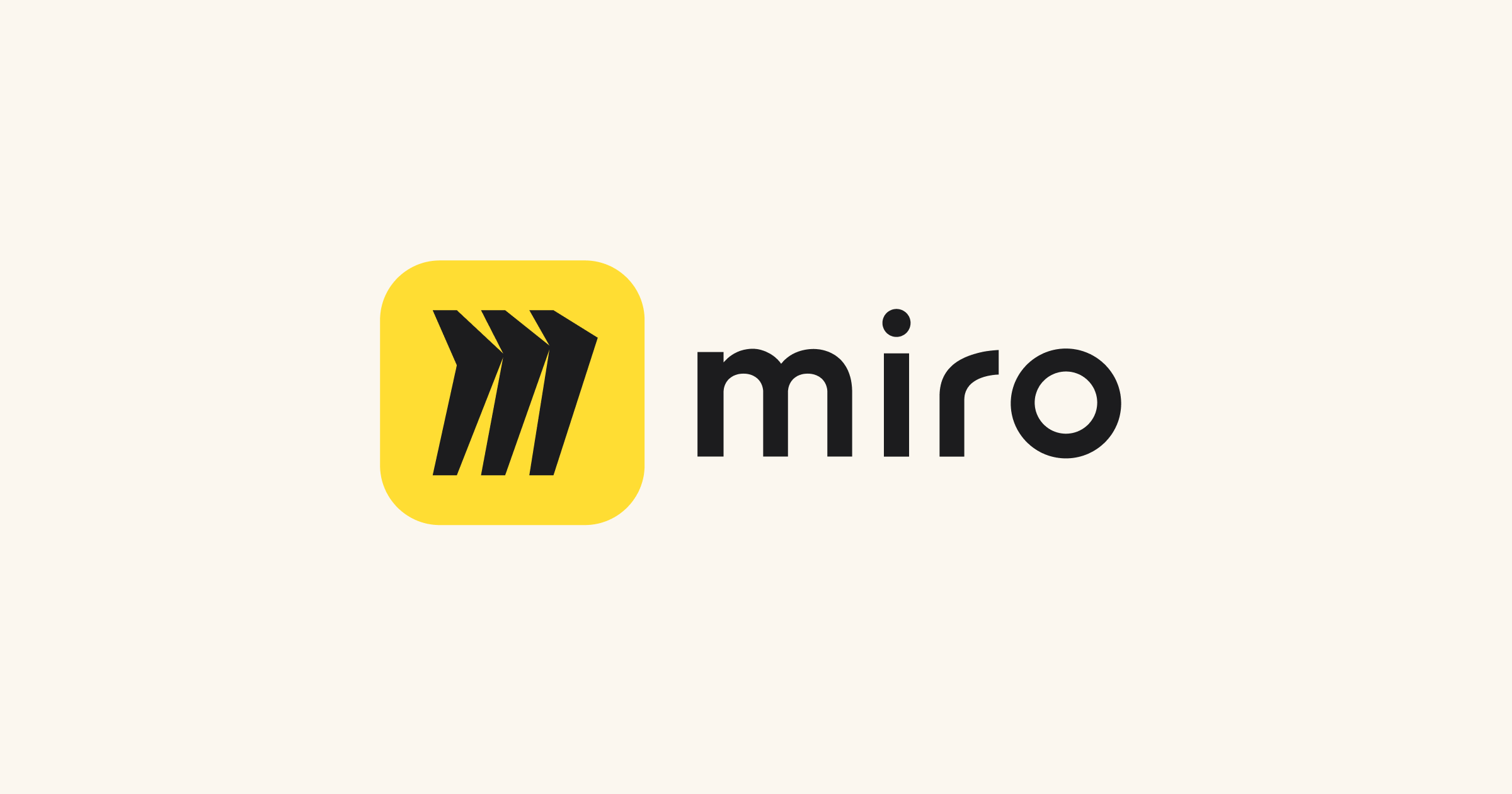What’s left unseen: trust, culture, and values in Miro’s team
Why do I think about culture a lot?
I love setting daring goals, and I constantly think about the future of our team and the way we can improve our results. In other words, I think about what we can do now to become better tomorrow. I also think a lot about the important role our team has in this exciting journey. Here at Miro, we pay a lot of attention to making sure that everyone in the team understands the company’s goals, our strategy and our progress toward achieving them.
There’s a famous African proverb that says, “If you want to go fast, go alone; if you want to go far, go together.”
It is popular now to talk about the impact of OKRs (objectives and key results) and other methods of increasing productivity, but sometimes these frameworks don’t work or require a lot of micromanagement. They become more annoying than helpful. People often ask me how to implement OKRs correctly, how that framework works for us at Miro and for me to show them a spreadsheet. Usually, a spreadsheet doesn’t really help solve any problems.
As a company grows, especially if it happens quickly, you often see that different people in the team have very different contexts. Even very talented teammates sometimes find it hard to align and work on a shared goal. Everyone pulls in different directions. Or maybe they don’t pull at all because they don’t understand the company’s intentions.
In an ideal world, teams can align around the same mission and vision, set goals and develop strategies to solve a problem. The aforementioned OKRs are perfect to help with a company on this journey.
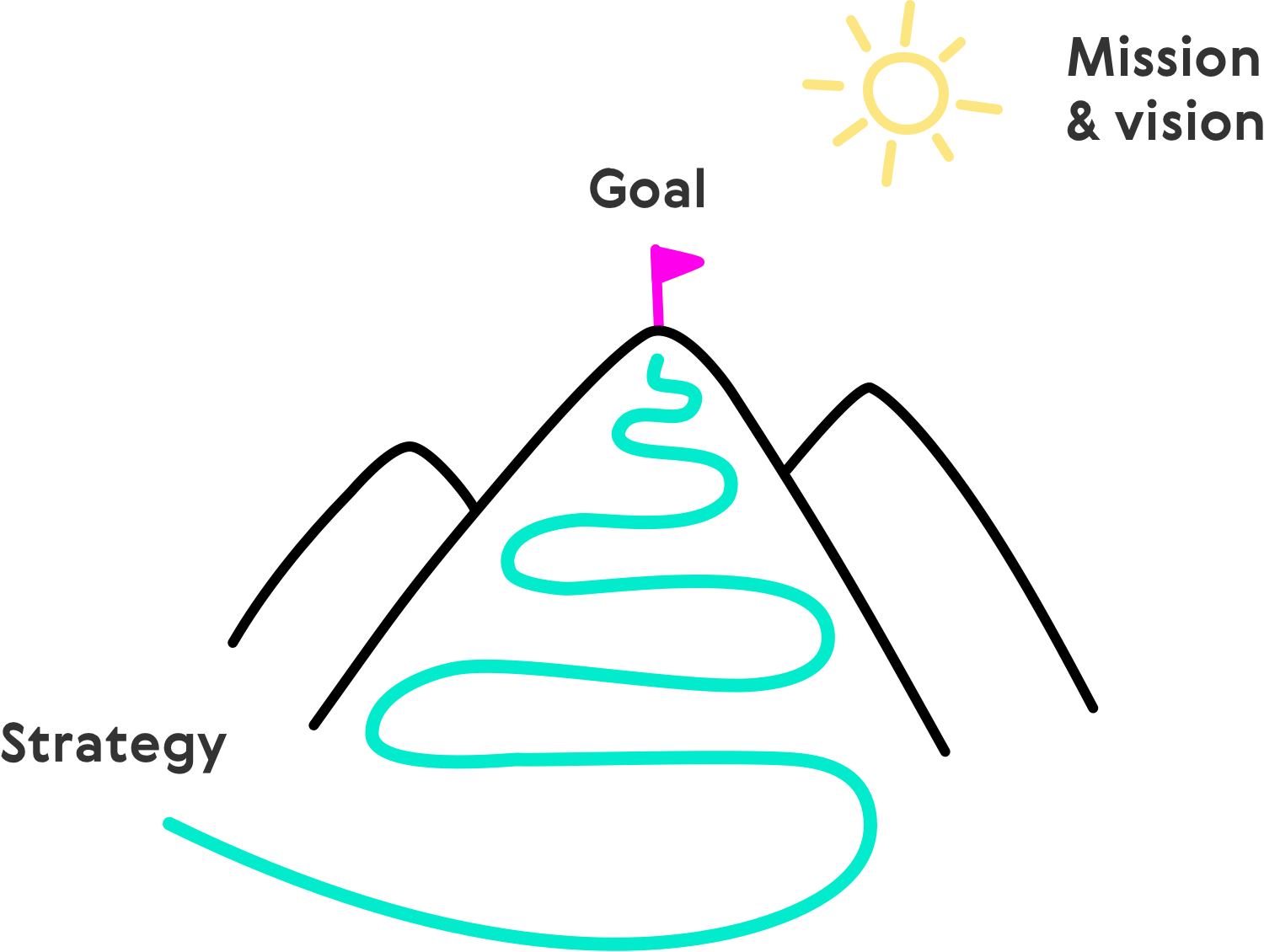
There are, however, several ways this approach can fail. First, you may set the wrong goals (or simply be unable to set them). Second, your teammates may lack motivation or control. Another important problem is that many frameworks and concepts are implemented in the wrong way. Without a steady “foundation” (a happy, collaborative team), you can’t expect to get the required results. That’s why I’d like to talk about what makes a team that “goes far together.”

Anna Boyarkina
Head of Product at Miro
Two concepts about the importance of people and culture for achieving results
Which problem should you solve first? People → Process → Tools
Here is a simple rule that will save you a lot of time and help you understand why your tools or processes are not working. Always follow this route: People → Process → Tools. It makes no sense to implement OKRs or even search for a tracking tool if you don’t first have people who can work as a team.

Miro experience: We have been using OKR for almost 2.5 years and also thought about implementing a specific tracking tool right away, but then skipped this idea. At first, if the whole team is involved and understands what to do, Google Sheets can work perfectly well. And we have been working hard to create a good team consisting of the right people that share common goals and values and are willing to constantly learn and evolve. As practice shows, a shared vision is much more important than any tool.
Culture as a means of control
We often think about the culture of a company as something that inspires everyone in the team to do their job, as the “glue” that keeps the company together. This is true, but culture has another important function, which Andy Grove has described perfectly in High Output Management: control. When everything changes very quickly, the company grows and there is a lot of uncertainty, culture is the only thing that allows everyone to be sure that the right decisions will be made. You could try to turn all the rules into instructions, but new people and processes often appear faster than guidebooks.

Team building: two practical models
Many (product-driven) companies now put the team in the center as the main unit that creates value. Agile and other frameworks based on Agile are built on the basis of the team as a key player. But what makes a group of people a team? Common goals, common values, focus and good communication. All these features can appear without your intervention, but you can also nurture and grow them.
When we just started, we had around 10 people on the team. Everything seemed to be clear and obvious. As a new start-up, we had a lot of ideas and we worked cohesively. Or maybe we just weren’t paying much attention to the small details.
The team began to grow rapidly, and now Miro has 100+ people in the United States, Europe, Australia and Russia, and a lot of different teams. Some work together permanently on functional teams (e.g. product, marketing, development, etc.; Scrum teams), and some are formed for specific projects.
Sometime after we had 30 people, we began to think seriously about how to ensure that the team did not lose focus and remained effective.
It was then that we first encountered Bruce Tuckman’s team development model (the linked article can be used as a test to determine the stage of your team).
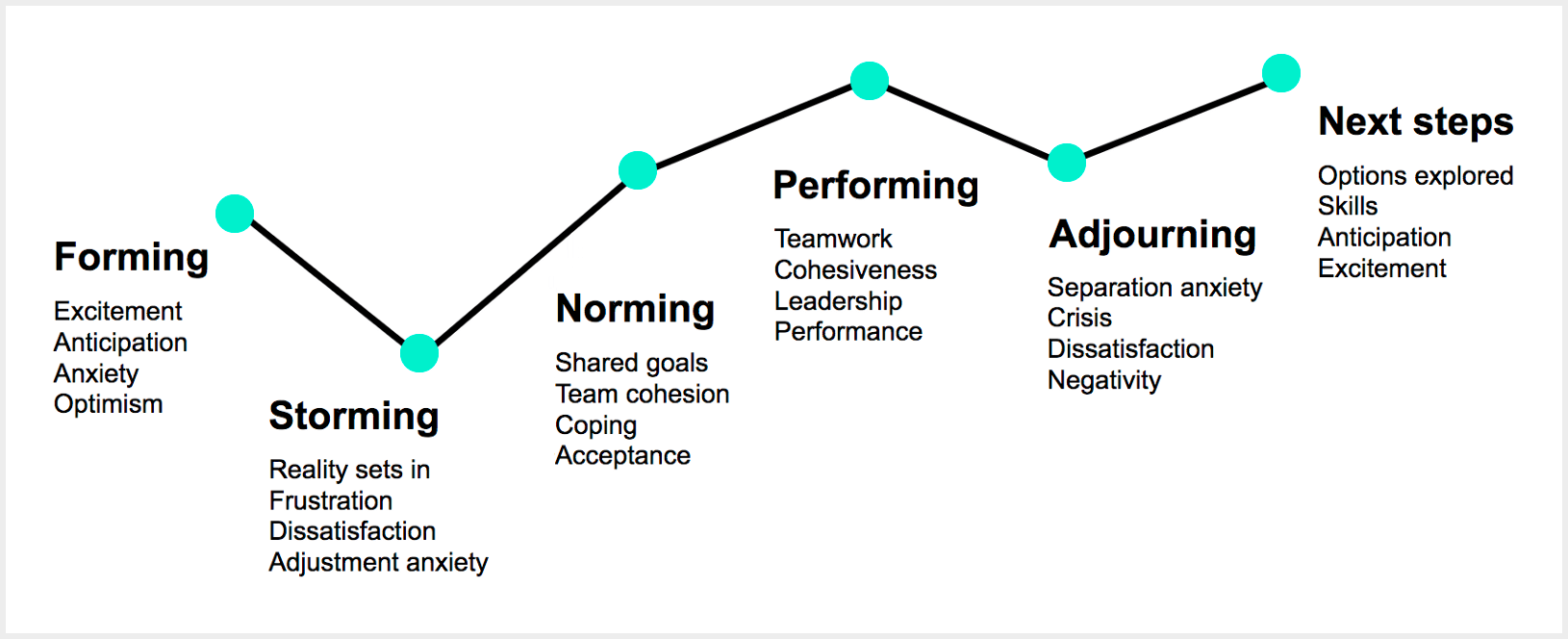
Every time we form a new team or a new person joins it, we start the process all over again. However, it’s important not to confuse the excitement that occurs at the stage of achieving results with that which occurs at the stage of team formation (I fell into this trap).
Tuckman’s model can be perfectly superimposed with another one: Patrick Lencioni’s Five Dysfunctions of a team. At each stage, the team overcomes one of the following flaws:





Trust is the basis of a closely knit team. Without it, work is impossible in principle.
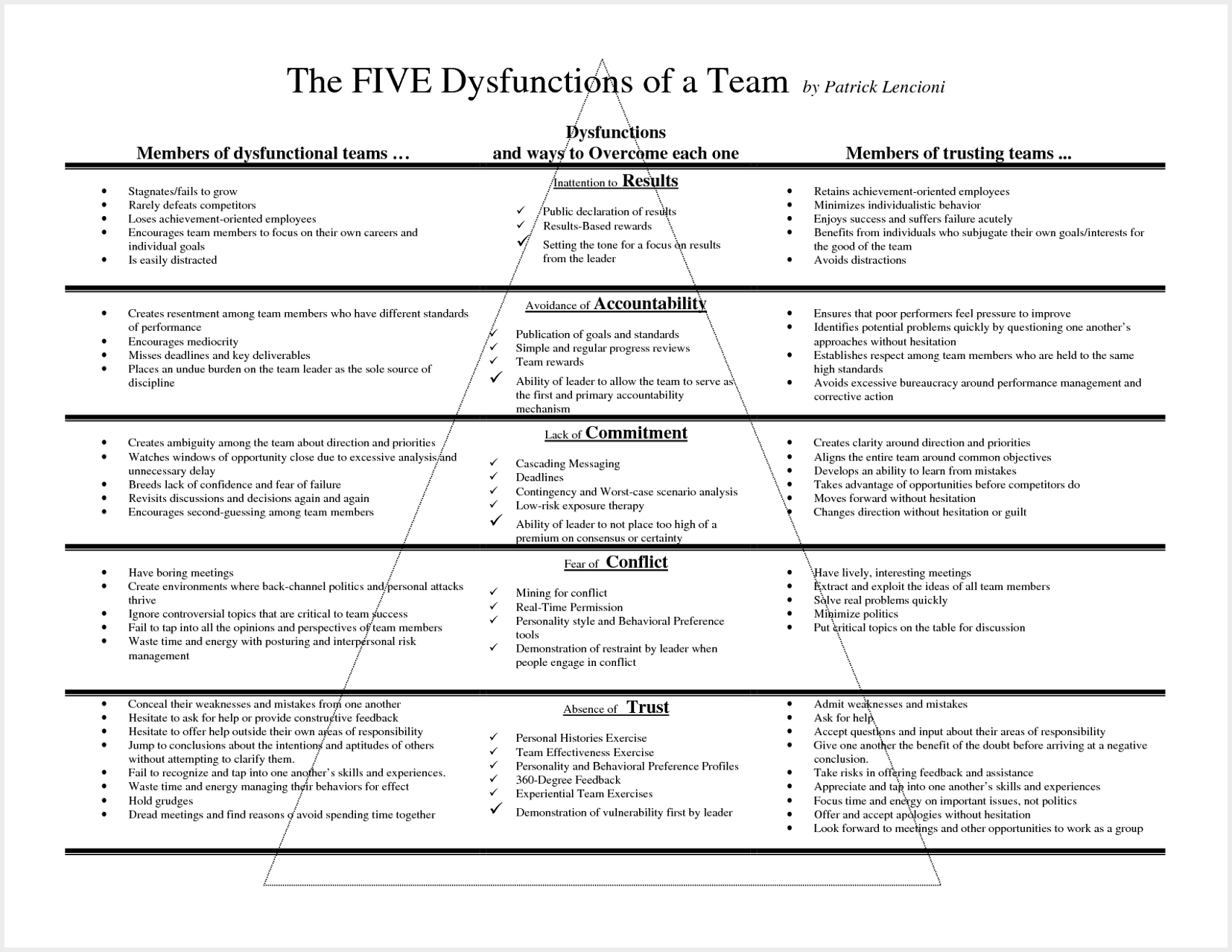
Trust as the basis of any team
This chapter can be practical for any team at any stage of the company.
What is trust in professional life? It is not only about relying on other people and believing that they won’t deceive you. It is also about showing vulnerabilities and weaknesses without fear of criticism or condemnation. This is critically important for productive work. Here at Miro, all of us constantly make mistakes when we do experiments and try new things. In a team, it’s critically important not to be afraid of mistakes and not to be afraid to talk about them.
I think everyone can remember a time when they were working for a long time, and then bam! It turns out they were doing something wrong. People might not trust each other because they don’t know each other well or understand each other’s intentions, even if everything has been agreed upon.
When we get to know each other better, it’s easier for us to interpret people’s intentions as positive. If we don’t know them, we tend to blame them for their mistakes (fundamental attribution error).
Here are a few ways to get to know each other better and learn to understand and communicate intentions:





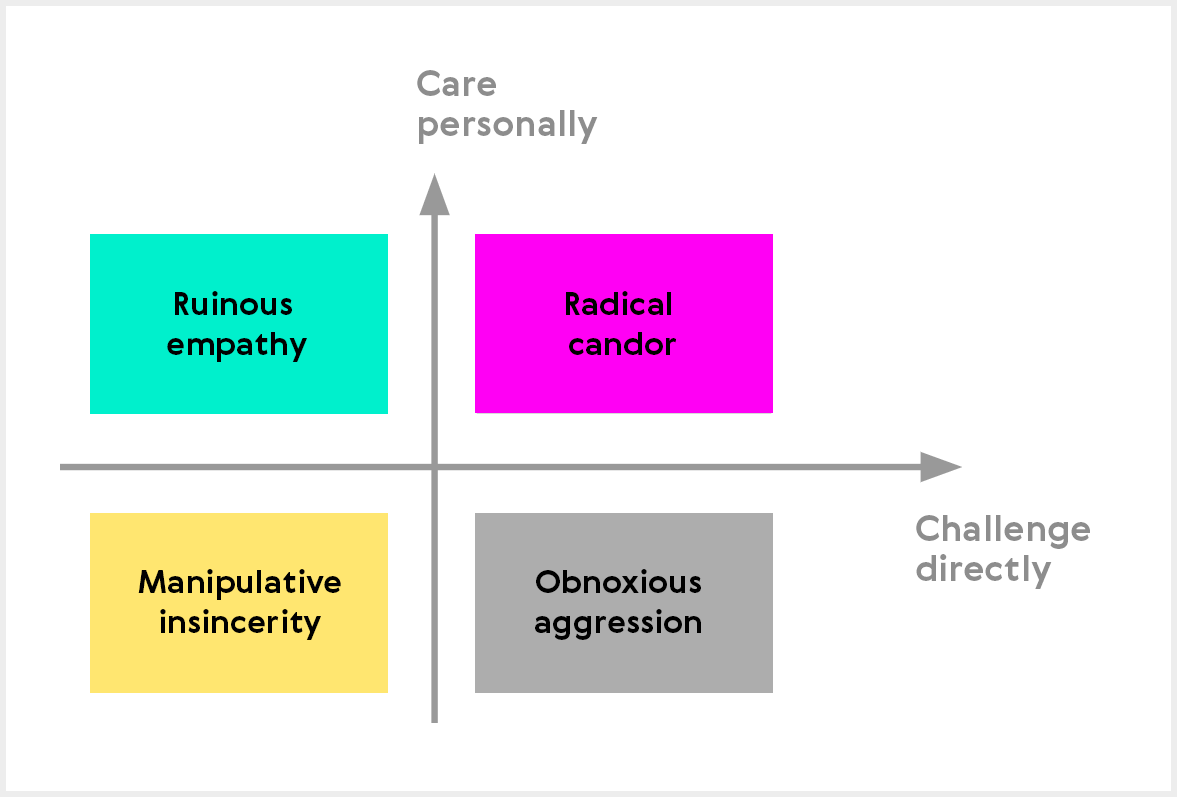

Looking for a tool to knit your team together?
Try Miro free
No credit card required
How to find common values
This chapter would be useful when the company is growing quickly.
When Miro began to grow, we realized that it was very important for us to preserve the principles that we had followed when we were making decisions in the past. Our core values are not just beautiful phrases we put on T-shirts, notebooks and the company’s website. First and foremost, they help preserve the integrity of decision making during our high-speed development phase.

Our case: At first, we tried to determine our common values in 2014 at a strategic session. In 2017, we took a different approach and decided to develop culture as a product. We went through the stages of research, prototyping and validation. For us, it was critically important that the values were not imposed by the management of the company, but collected from the “user stories” of each member of the team.
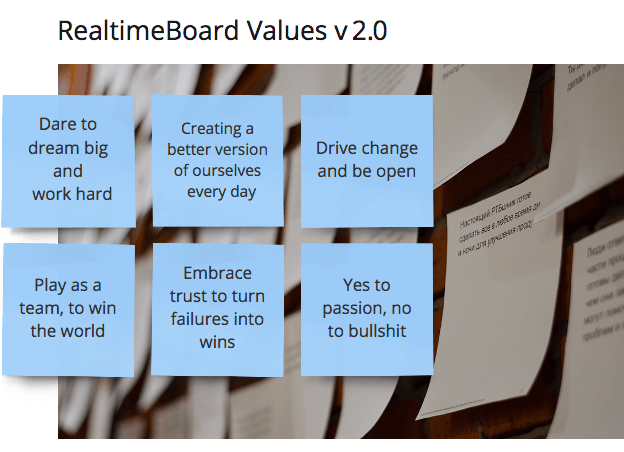
How to find a culture fit when hiring employees
This chapter is always relevant, especially with rapid growth.
When we hire new people, we pay attention to two things: job fit and culture fit.
It is a well-known rule that a new hire can acquire professional skills, but if a person and a company do not match each other in terms of culture, then there is practically nothing you can do.
Here’s what we do to make sure that the new hire will fit culturally:


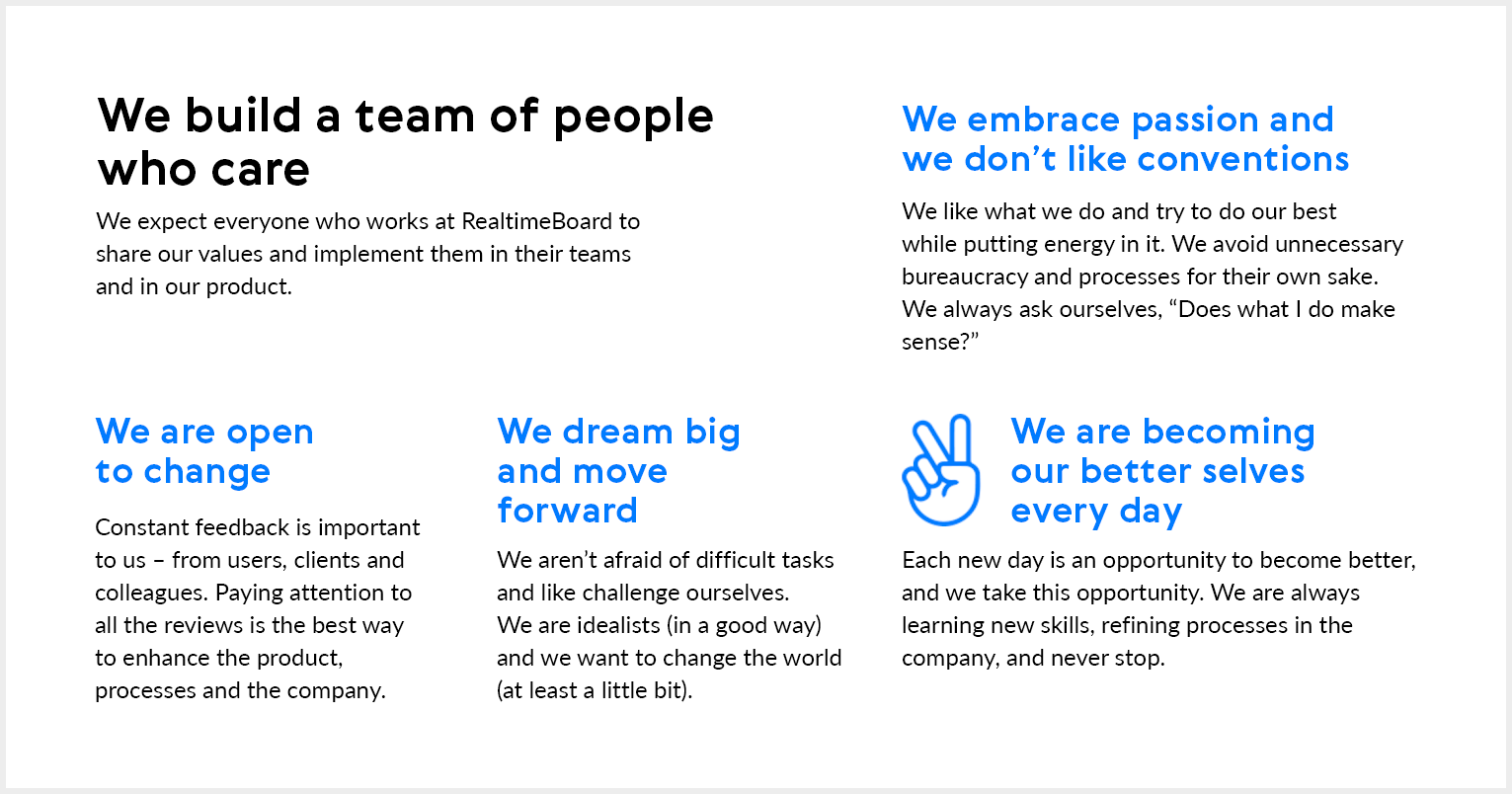


Conclusion
Things that are invisible at first sight – like culture and trust in the team – require constant attention and purposeful work. Just as we constantly look at the metrics and track the results in our business and product, we also have to watch our teams. I always remind myself that if you don’t take care of culture, then culture will take care of you. It seems that there is some truth in this.

